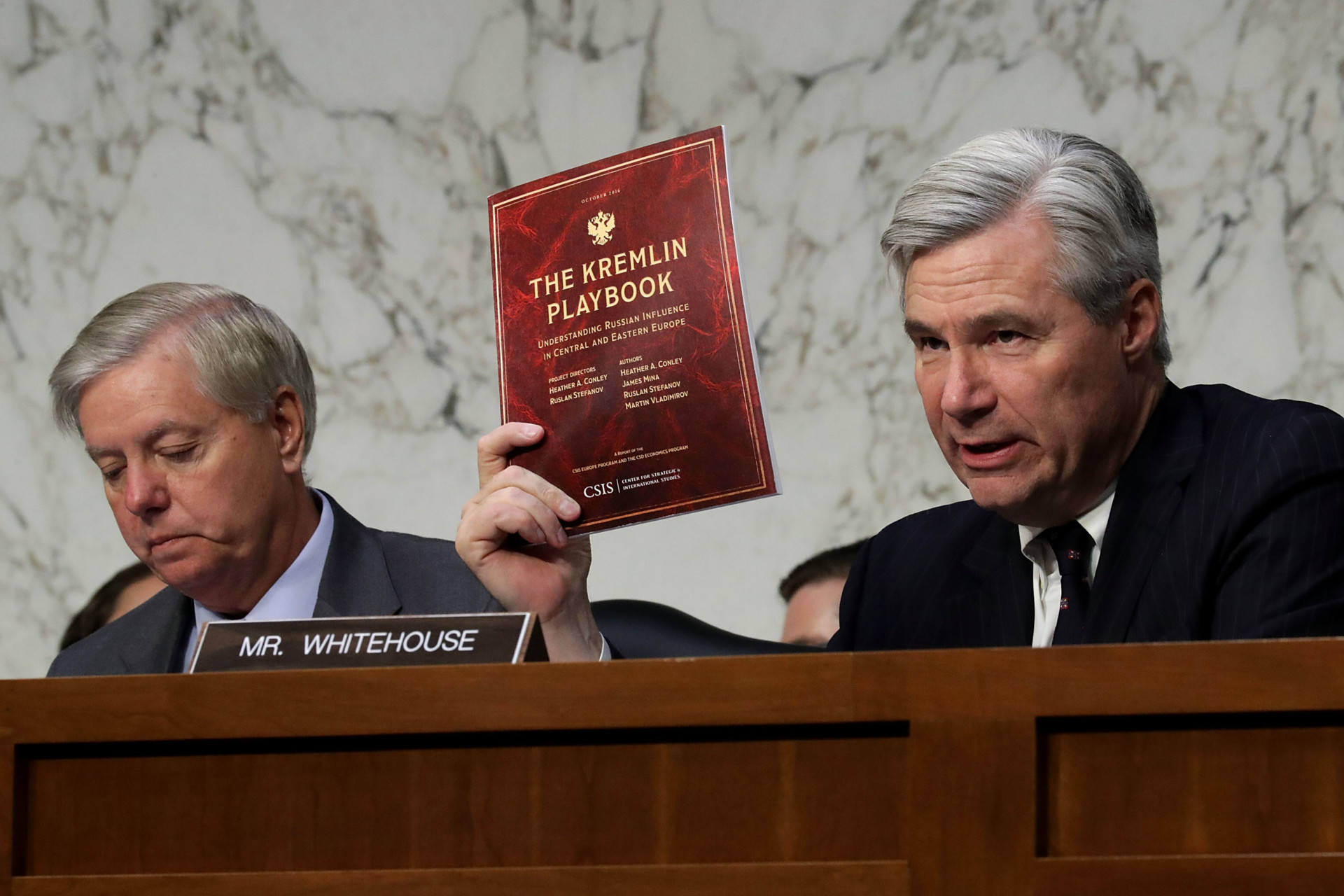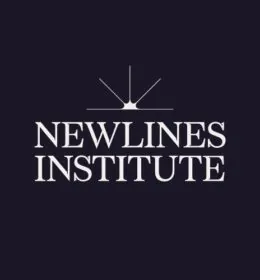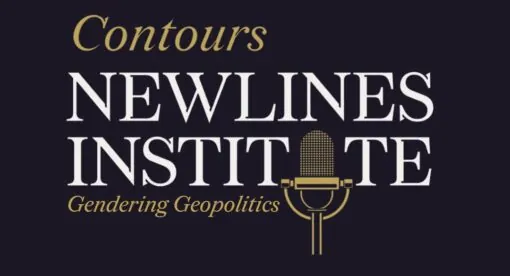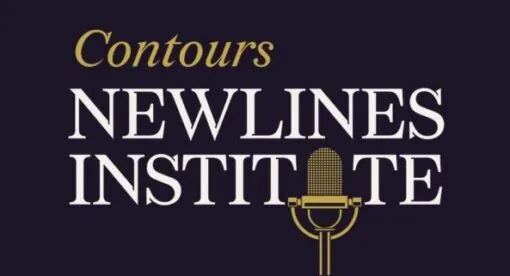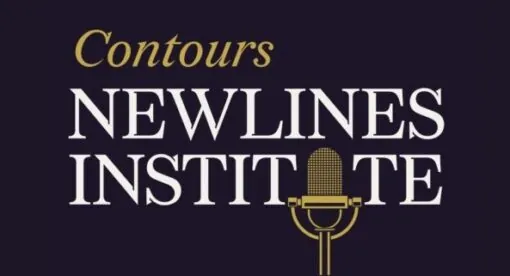The outcome of the upcoming high-stakes U.S. election is likely to be influenced by a third party – Russia – but only if Moscow succeeds in beguiling a part of the electorate with disinformation. To preserve the integrity of the 2020 election, greater societal investment will be needed, along with a rapid response mechanism to blunt the effects of disinformation and restore voter autonomy.
Ahead of the 2016 U.S. presidential election, there were frequent mentions of Russian interference, but its possible impact was generally dismissed. Democrats were convinced their candidate would win, and Republicans treated Russia as a side issue. The outcome jolted everyone. No one is discounting the threat this time around. But the underlying factors that helped Russia influence the process have grown deeper.
In the myriad investigations, few stones have been left unturned about the methods and scope of Russia’s intervention. But while Russia has shown ingenuity in using digital propaganda, its success derives less from methodological sophistication than from structural vulnerabilities. To have any hope of countering Russian “active measures,” it is important to understand how propaganda is received. Propaganda, ultimately, is a cooperative enterprise. That is why any discussion on how it functions needs to begin with why it works.
- Disinformation depends on humans being human. The human brain has evolved so that its primitive, reflexive systems respond to information more rapidly than its evolved, reflective parts. Intuition precedes deliberation. This makes belief effortless while skepticism is laborious. Successful propaganda deploys affective triggers to short circuit the brain’s reflective systems. It uses emotive language and evocative symbols to confirm our biases, eliciting reflexive responses and preempting careful deliberation. In this manner, disinformation hijacks human autonomy: It inspires or inhibits action in accord with the propagandist’s aims. It is meant to get people to act differently than they would otherwise. In a time of raised emotions, Republicans may be encouraged to promote #Pizzagate or #QAnon and Democrats may be induced to adopt My Candidate-or-Bust positions.
- Disinformation feeds on discontent. The renowned propaganda theorist Jacques Ellul made a distinction between sociological and political propaganda. Our worldviews are functions of our sociology. Family, class, community, and education shape the parameters of our political beliefs. Political propaganda is effective when it works within these parameters. We are more receptive to messages that resonate with our beliefs, and our fears are more easily provoked than our hopes. The aim of computational propaganda is to manipulate us based on our existing concerns. That is why the psychometric profiles created by Cambridge Analytica were so insidious; they could target individuals according to their anxieties, fears, and prejudices. Facebook’s advertising features already allow significant micro-targeting. This feature was used specifically in 2016 to target African-American voters, discouraging them from participating in a system that was presented as irredeemably racist.
- Disinformation exploits social networks. Falsehoods spread faster than accurate information. Disinformation cascades through our social networks and snowballs into an unruly political force. It creates greater polarization because people are isolated in circles of affirmation, reinforcing each other’s beliefs, resisting contrary opinion. People 65 years and older are particularly susceptible to sharing fake news, but younger people also have shown an inability to distinguish news from nonsense.
- Disinformation manufactures doubt. The manufacture of doubt has been a standard feature of propaganda since the tobacco industry first used it to thwart government regulation. Russia has given it institutional force, from the presidency down to the national broadcaster. The strategy is to surround every inconvenient fact in a phalanx of competing claims so that truth becomes just one claim among many. Russia Today (RT) uses the motto “Question More” to blur the distinction between skepticism and cynicism, encouraging viewers instead to believe nothing. It is a spur to the cognitive bias that makes us demand a higher threshold of evidence for claims that defy our intuitions. Manufactured doubt is distinct from the legitimate skepticism that inhibits unqualified belief. It is functional; it relativizes truth and encourages cynicism. Such doubts have been useful in suppressing voter turnout and creating distrust of the news media, leaving audiences susceptible to “alternative” sources.
- Disinformation fogs the past and disrupts the future. Disinformation ties up the public in tangential debates while proceeding unimpeded on its subversive course. Energy companies have used residual doubts about anthropogenic climate change to thwart environmental regulation. Russia created doubt about chemical attacks by its Syrian ally to buy impunity for further violations. To conceal its massive interference in U.S. elections, Russia has exploited the notion of #Russiagate – a mocking reference to concerns about Russian interference – to sink America into a debate over whether the interference even happened. And while people are busy litigating the past, Russia proceeds with another intervention.
- Disinformation can be lethal. In Syria, Russia deployed disinformation for the specific purpose of justifying war crimes. It painted rescuers and medics as terrorists to justify its systematic attacks on first responders. The #Pizzagate conspiracy theory induced one agitated avenger to shoot up a pizza shop where he believed Hillary Clinton was running a pedophile ring. For Russia, disinformation is not just a communication tool, but a weapon in a hybrid war. The aim is to create chaos. For democracy, which relies on an informed citizenry, its effects can be fatal.
To understand human susceptibility to malicious messaging is to recognize the multi-dimensional challenge that disinformation poses. Digital literacy can only partially mitigate the problem; the solution must involve the media, state, and society.
The media have already put renewed emphasis on fact checking. But the distinction between fact and opinion needs to be more strictly enforced. The expansion of the media ecosystem with dedicated fact-checking organizations is a welcome development. Little of this will matter, however, until social media platforms like Facebook and Twitter show greater willingness to police malicious content. The state can demand greater responsibility from social media giants by classifying them as publishers instead of tech companies. But this requires political will.
In 2016, the United States had the means to thwart Russian interference but underestimated the significance of that interference and thus took no action. In 2020, there are no doubts about disinformation’s potential to influence the election’s outcome, but the will to counter it remains absent in an administration that benefited from it the last time. The society, then, must foment intolerance for disinformation, treating its purveyors with prejudice and imposing a reputational cost. In the longer term, our education systems will need to include digital literacy as a requirement.
As individuals, we may not be able to shed our biases, but we can certainly do more to resist being manipulated through them. The psychologist Daniel Kahneman makes a distinction between two types of thinking: fast, reflexive, intuitive; and slow, reflective, deliberative. If the aim of disinformation is to appeal to our intuition to short-circuit careful reflection, we will have to learn to slow down and scrutinize our intuitive responses to new information and to verify sources and claims. In Homer’s Odyssey, when the eponymous hero is warned of the Sirens whose song leads seafarers to shipwreck, he has his shipmates cover their ears and tie him to a mast so that he can resist their enchantment. As we get closer to November, like Odysseus, we’ll have to fasten ourselves to our slow, deliberative, skeptical minds so we can resist the sirens and avoid the rocks.
As Odysseus and his shipmates collaborated to overcome their vulnerabilities, so must the U.S. government and public. A dedicated agency, modeled along the lines of EUvsDisinfo, but less hampered politically and more aggressive operationally, will be needed to combine specialist knowledge, open-source investigations, media monitoring, and social network analysis to identify and map disinformation threats. Such an agency could, using a Snopes type database, create a resource for citizens where they can check the veracity of claims. The operation will need to be transparent and non-partisan, its purpose clearly defined as the defense of democracy, so that it can benefit from the goodwill, discipline, and ethos of citizen journalists who have turned OSINT into such a rich and reliable field of journalism. Only through timely exposés of disinformation operations and case studies of propaganda methods can a public be created that is skeptical without being cynical and that withholds its cooperation from purveyors of malice.
Dr. Muhammad Idrees Ahmad is the Director of the Postgraduate Programme in International Journalism at the University of Stirling. He is a contributing editor at the Los Angeles Review of Books. He writes for various publications, including the New York Review of Books, Foreign Policy and Times Literary Supplement. He Tweets at @im_pulse.
The views expressed in this article are those of the author and not an official policy or position of the Newlines Institute.

